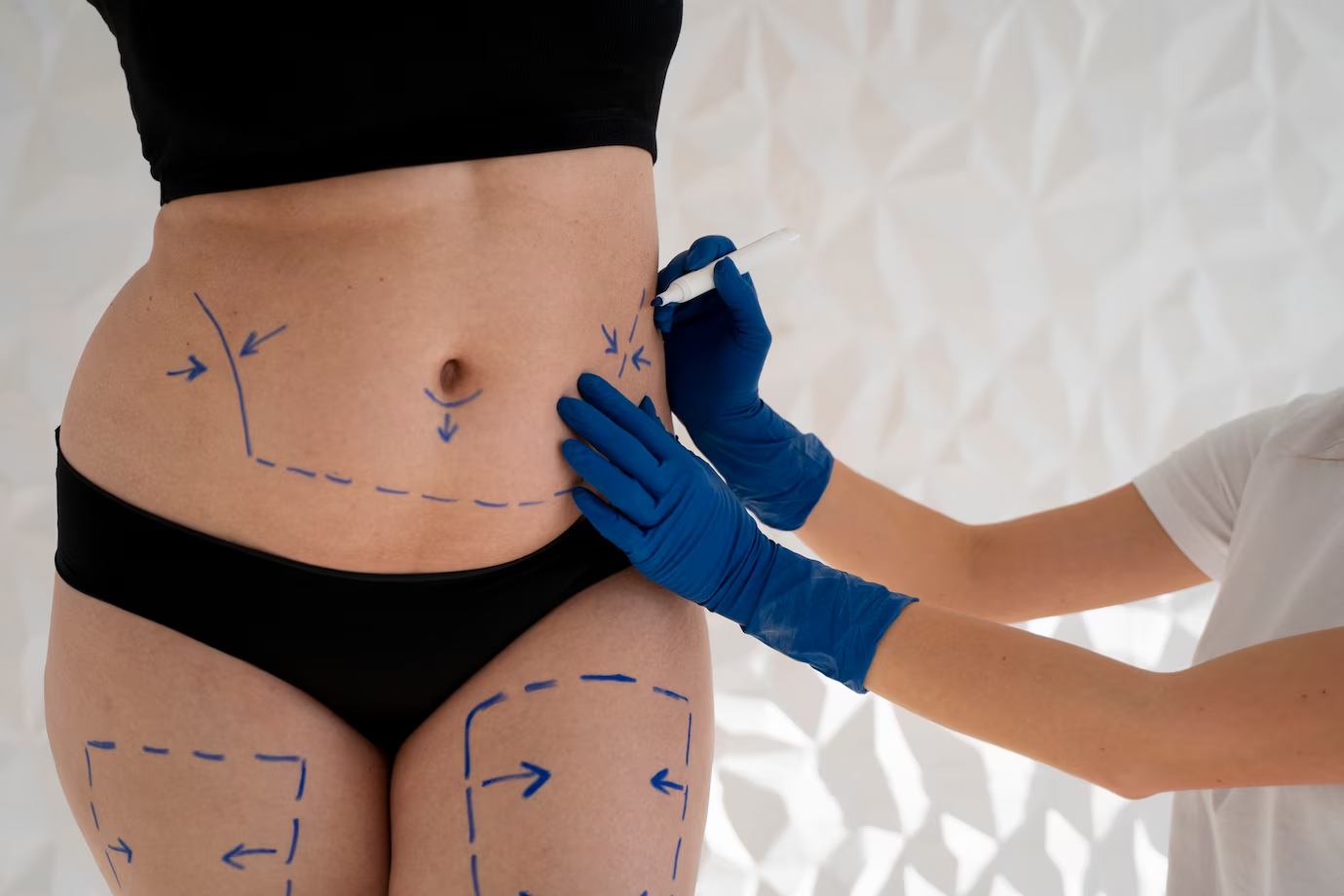What Does Liposuction Surgery Involve? Recovery Process and Results
Liposuction is one of the most popular cosmetic procedures performed worldwide, sought after by individuals aiming to improve their body contours by eliminating stubborn fat deposits. Though it is commonly thought of as a weight-loss procedure, liposuction is actually designed to target localized areas of fat that are resistant to diet and exercise. If you are considering liposuction, understanding the details of the surgery, recovery process, and final results can help you make an informed decision about your treatment.
What is Liposuction?
Liposuction is a surgical procedure that removes excess fat from specific areas of the body through a suction technique. It is commonly performed on areas such as the abdomen, thighs, hips, arms, back, and chin. While liposuction can significantly improve the shape and contour of the body, it is not a solution for weight loss. Instead, it is ideal for individuals who are close to their ideal weight but struggle with localized fat pockets that do not respond to regular exercise or diet changes.
The Liposuction Procedure
The procedure itself typically takes between one and three hours, depending on the extent of fat removal and the areas being treated. Here’s an overview of the typical steps involved:
- Consultation and Planning: Before the surgery, you will have a detailed consultation with a board-certified plastic surgeon. During this meeting, the surgeon will assess your health, goals, and the areas you want to treat. The doctor will explain the procedure, potential risks, and expected outcomes, and may take photographs for comparison after surgery.
- Anaesthesia and Advanced Techniques:
Liposuction is typically done under either local anaesthesia (numbing just the area being treated) or general anaesthesia (where you're fully asleep during the surgery). In many cases, Dr. Smriti Nathani uses advanced liposuction techniques to enhance the results.One of these is VASER liposuction, which uses ultrasound waves to break up fat more efficiently and gently than traditional liposuction. This technique is highly effective in removing fat while minimizing damage to surrounding tissues, leading to less bruising and a quicker, smoother recovery.
Additionally, Body Tite, an RF skin tightening technology, is often used in combination with liposuction. This technique uses radiofrequency energy to not only remove fat but also tighten and tone the skin during the procedure. The skin tightening effect is especially beneficial for areas that may have loose skin after fat removal. By using VASER liposuction and Body Tite together, Dr. Nathani can provide patients with more sculpted, smoother contours and a more youthful appearance in the same procedure.
- Making Incisions: Once anaesthesia takes effect, the surgeon makes small, discreet incisions in the target area. These incisions are typically very small (around 0.5 to 1 cm), which minimizes visible scarring.
- Fat Removal: A thin, flexible tube known as a cannula is inserted into the incision. This tube is connected to a vacuum device that suctions the fat cells from beneath the skin. The surgeon carefully moves the cannula back and forth to break up the fat and remove it evenly, ensuring a smooth and contoured result.
- Closing the Incisions: After the fat is removed, the incisions are closed with sutures. The area is then bandaged or wrapped to help with swelling and support the body during the healing process.
Recovery Process After Liposuction
The recovery process after liposuction varies from patient to patient, but it generally involves some bruising, swelling, and discomfort for a few days to weeks. Here’s a breakdown of what to expect during recovery:
- Immediate Post-Surgery (First 24-48 Hours): After surgery, patients are typically monitored in a recovery room for a few hours to ensure that anaesthesia has worn off and there are no immediate complications. You may experience mild pain, swelling, and bruising. A compression garment is usually worn to reduce swelling and help the skin conform to the new contours of the body. It is essential to follow the surgeon’s post-operative care instructions, which may include prescribed pain medications.
- First Week After Surgery: During the first few days, you may be advised to limit your activity and rest. The swelling and bruising may peak, but these symptoms will gradually subside. You will likely need to wear a compression garment for at least 3 to 6 weeks, depending on the surgeon's advice. You may also need to avoid strenuous activity and exercise for a few weeks to ensure optimal healing.
- Weeks 2-4: At this point, most people can return to work and resume light activities. However, swelling may still be present, and it’s crucial to continue wearing the compression garment to help shape the body and reduce the likelihood of complications like seromas (fluid build-up under the skin).
- Full Recovery (6 Weeks to 3 Months): By the 6-8 week mark, most swelling and bruising will have significantly reduced. However, it may take a few months for the final contours to appear as the body adjusts to its new shape. During this time, you can gradually resume your regular exercise and physical activity.
Results of Liposuction
One of the most exciting aspects of liposuction is the transformation in body shape that can be achieved. The results, however, are not immediate. Here’s a look at what to expect:
- Immediate Results: Although liposuction removes a significant amount of fat, the final appearance of the body may still be obscured by swelling for several weeks. The first few days and weeks after the procedure, you may notice a slight reduction in volume in the treated areas, but the full effects will take time.
- Gradual Improvement: As the swelling goes down and your body heals, the contours of your body will gradually become more defined. Most patients start to notice significant changes within a few weeks to a couple of months post-surgery.
- Long-Term Results: Once the swelling subsides, the results of liposuction are long-lasting. The fat cells that are removed do not regenerate, so the results are permanent, provided that the patient maintains a healthy lifestyle with proper diet and exercise. However, weight gain can lead to the enlargement of remaining fat cells, so maintaining a stable weight is essential for preserving the results.
- Scarring: The small incisions made during liposuction usually heal well and are typically not visible after the recovery period. The scars are small and hidden in natural skin folds or less conspicuous areas.
Seeking expert care in Chennai, Dr. Smriti Nathani provides a specialized approach to the unique aesthetic and functional needs of each patient.
If you're considering liposuction, understanding the procedure, recovery process, and expected results is crucial to making an informed decision. Liposuction can provide significant improvements to body contours by targeting those stubborn fat pockets that don't respond to diet and exercise. However, it’s important to remember that the procedure requires proper care, attention to post-surgery instructions, and a commitment to maintaining a healthy lifestyle to ensure long-lasting results.
Consulting with an experienced, board-certified plastic surgeon like Dr. Smriti Nathani ensures a safe, tailored approach that will help you achieve the aesthetic goals you desire.

